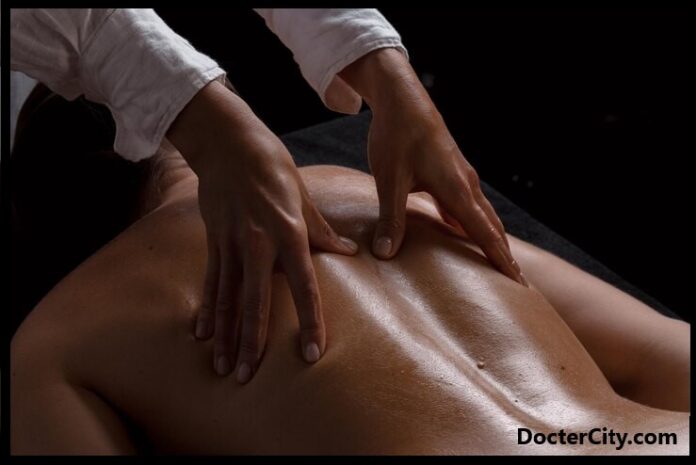In the spectrum of healing arts, Tui Na occupies a special place with its unique blend of massage and traditional Chinese medicinal principles. But beyond its exotic name lies a practical therapy that has withstood the test of time in providing relief and wellness. This blog post delves into the world of Tui Na, exploring its benefits, methodologies, and essential safety considerations.
What is Tui Na?
Tui Na, pronounced “twee-nah,” is a therapeutic massage rooted in Traditional Chinese Medicine (TCM). It has been practiced for thousands of years, initially documented in ancient Chinese texts. Tui Na utilizes rhythmic compression along the body’s meridians and a range of manipulation techniques to establish a harmonious flow of Qi (vital life energy) through the body.
“Tui Na is a profound therapeutic practice that aligns with the principles of Chinese Medicine, offering a holistic approach to healing.” – Dr. Liang, Licensed TCM Practitioner.
Benefits of Tui Na
The versatile nature of Tui Na makes it beneficial for a range of conditions and wellness goals. Here are a few:
- Physical Healing: It promotes the body’s natural healing ability by stimulating blood flow and aiding tissue recovery.
- Pain Relief: Techniques focus on areas of discomfort, providing relief from chronic pain and muscular tension.
- Stress Reduction: The soothing motions help relax the mind and ease stress.
- Improved Circulation: Tui Na encourages enhanced blood and lymphatic circulation through manipulations.
Techniques and Methods
Tui Na therapists use various hand techniques, such as brushing, kneading, rolling, pressing, and rubbing. These actions target acupressure points and trigger a healing response:
“Tui Na’s deft brushwork and precise manipulations not only treat physical problems but also balance the body’s energy flow.” – Master Zhang, practitioner and instructor of Tui Na.
Tui Na in Traditional Chinese Medicine
In TCM, Tui Na is not a standalone practice. It links intricately to the concepts of Qi and meridian pathways, which govern the energetic and physiological functions. Often, Tui Na is used in conjunction with other TCM treatments, such as acupuncture and herbal medicine, to compound its healing effects.
Safety and Considerations
While effective for many, Tui Na is not suitable for everyone. It’s essential to speak to a healthcare provider before starting treatments, especially if you are pregnant, have an injury, or have a heart condition.
Finding a certified Tui Na practitioner who understands its traditional roots and application is critical:
“When considering Tui Na, it’s important to find a practitioner who understands the nuanced approach of this ancient art and its integration with modern healthcare.“ – Dr. Wang, Integrative Medicine Specialist.
Frequently Asked Questions (FAQs)
- What should I expect during a Tui Na session?
Sessions typically involve the patient being clothed, seated, or lying on a massage table. The therapist will apply techniques best suited to address the patient’s needs.
- How long does a Tui Na treatment last?
Treatments can range from 30 minutes to over an hour, depending on the targeted issues and the individual’s response.
- Can Tui Na be performed daily?
The frequency of sessions depends on the individual’s condition and goals. A Tui Na professional can recommend a treatment plan.
Conclusion
Incorporating Tui Na into your wellness routine can usher in diverse health enhancements. The Chinese art of therapeutic touch continues to gain recognition and can be a valuable part of a holistic approach to health:
“The benefits of tui na include the release of tension and the promotion of relaxation, both of which are necessary for the body’s natural healing processes.“ – Prof. Chen, TCM Researcher.
Take the time to connect with experienced practitioners and explore how Tui Na can benefit your life.
Additional Resources
For readers eager to explore further into Tui Na and its rich traditions, consider the following resources:
- “The Practice of Chinese Medicine: The Treatment of Diseases with Acupuncture and Chinese Herbs” written by Giovanni Maciocia
- Comprehensive Tui Na workshops and training programs for a hands-on learning experience.
Reflecting history in its strokes, Tui Na not only soothes the body’s aches but also aligns the pulses of the soul. It is a healing craft, demanding of its practitioners a depth of knowledge and touch sensitivity. Whether seeking relief or enrichment, Tui Na offers a path to balance and vitality.

